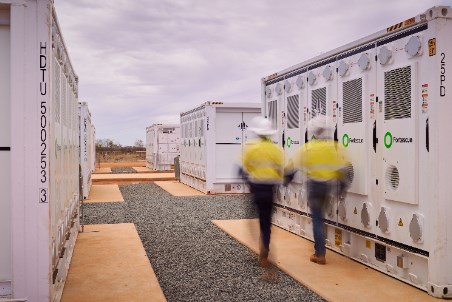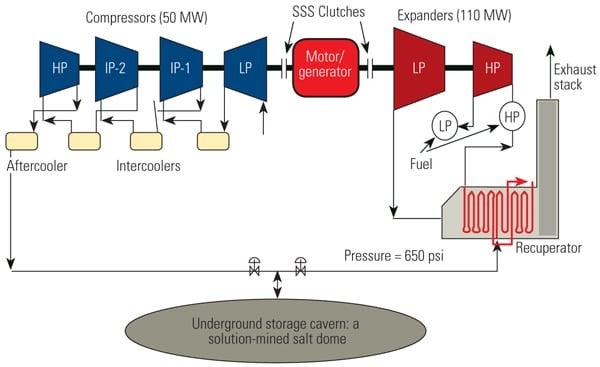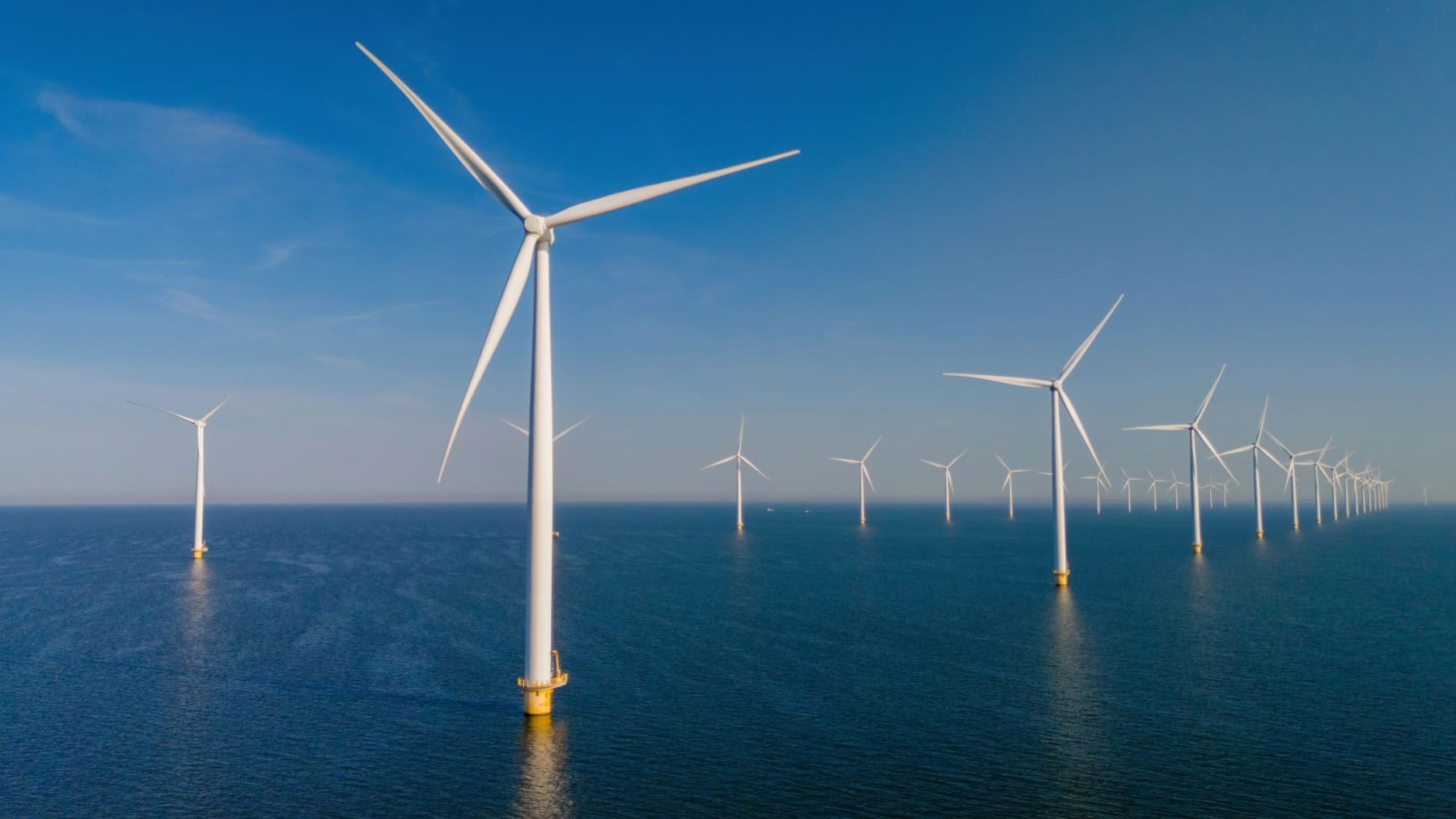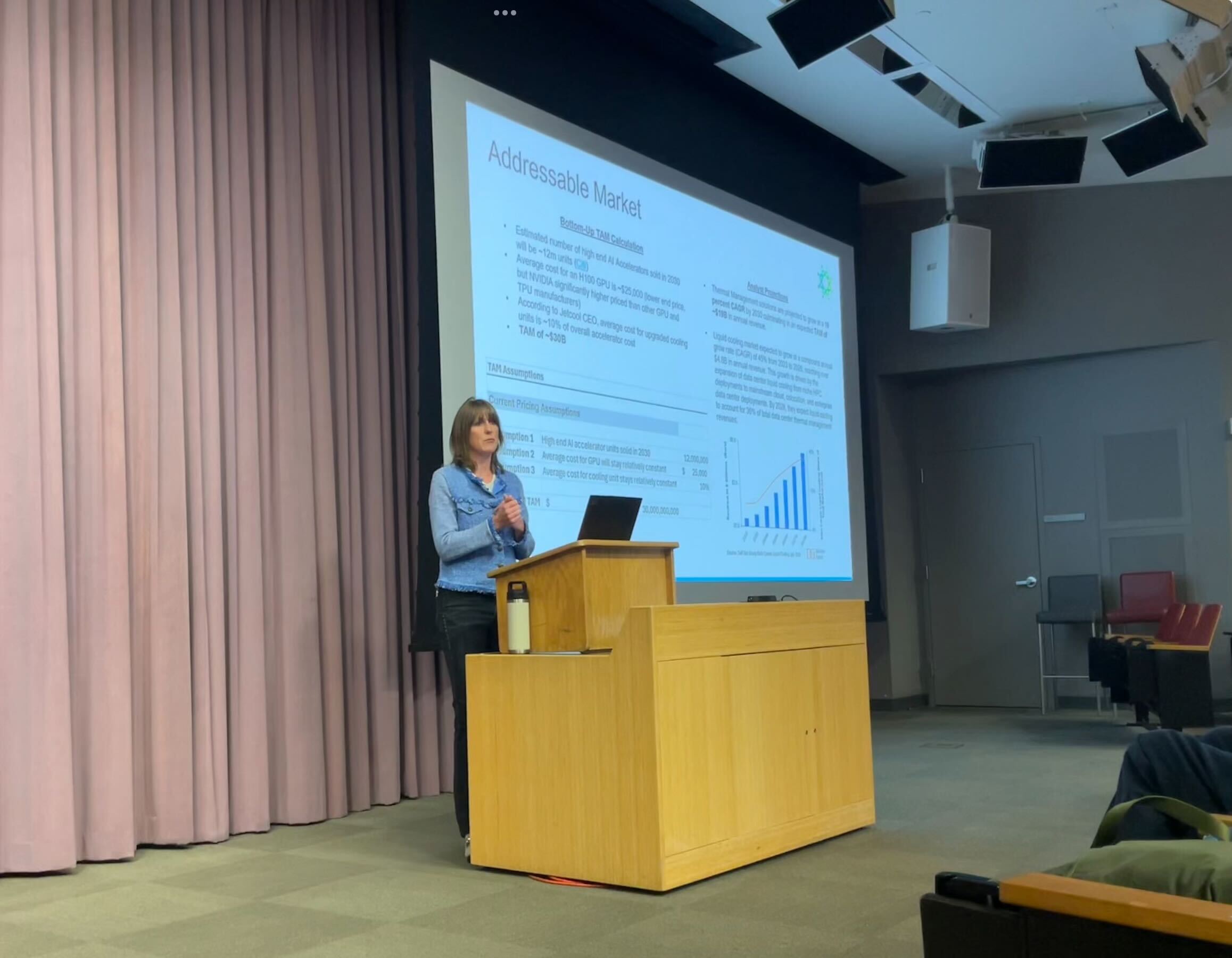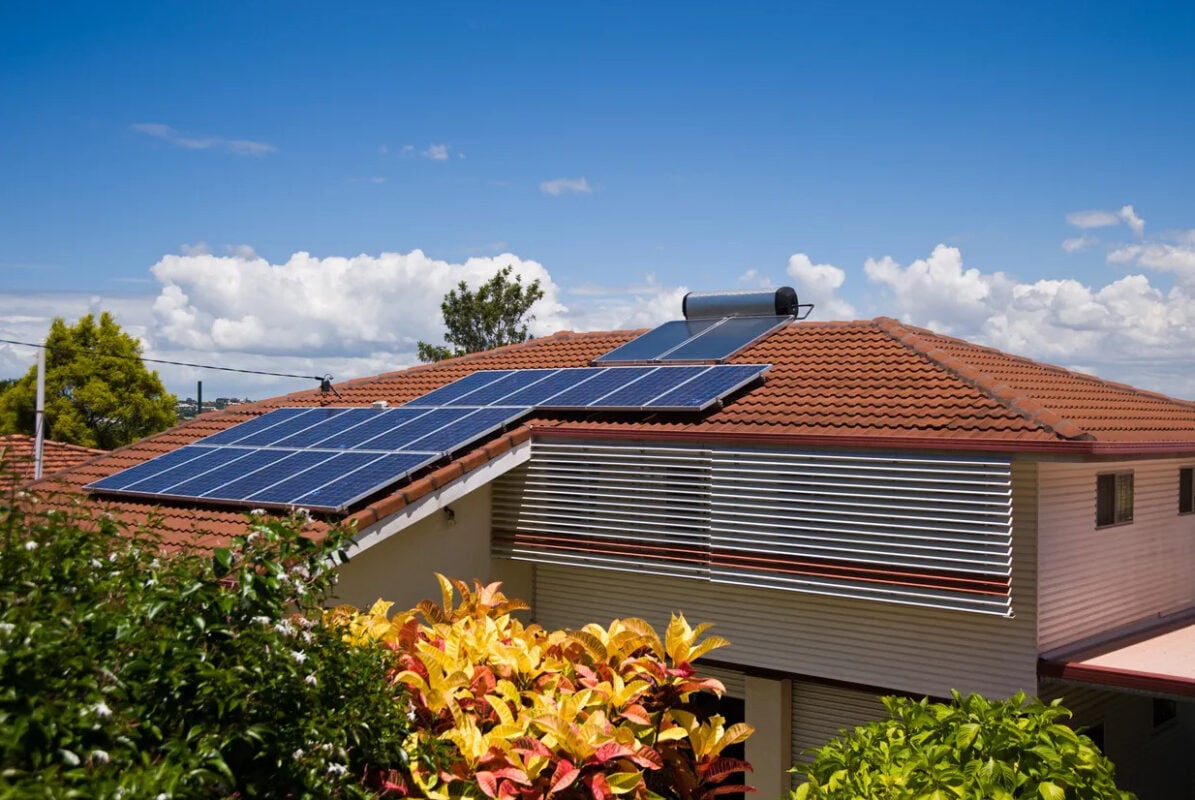Stillwater County banks on wind power as a new ‘golden goose’ – Montana Public Radio

Beaver Creek Wind Farm: A Case Study in Sustainable Development Goal Implementation
Project Overview and Alignment with SDG 7 (Affordable and Clean Energy)
- The Beaver Creek Wind Farm, located in Stillwater County, Montana, commenced operations on August 1.
- The facility consists of 88 turbines and is owned by Puget Sound Energy.
- This project is a key component of the company’s strategic mission to achieve 100% clean energy generation by 2045, directly contributing to SDG 7 (Affordable and Clean Energy) by increasing the share of renewable energy in the national energy mix.
Socio-Economic Impacts and Contribution to SDGs 8, 9, and 11
Economic Growth and Infrastructure Development (SDG 8 & SDG 9)
- The project generates significant local revenue, with Stillwater County receiving $7.8 million in fees.
- These funds are designated for the improvement of local infrastructure, public services, and schools, aligning with SDG 9 (Industry, Innovation, and Infrastructure) and SDG 11 (Sustainable Cities and Communities).
- The development provides a vital economic alternative, particularly following recent layoffs in the region’s mining sector, thus supporting SDG 8 (Decent Work and Economic Growth) through economic diversification.
- Puget Sound Energy prioritized local sourcing for labor and equipment, further stimulating the local economy.
Community Engagement and Sustainability (SDG 11)
- Local government officials report a positive partnership with the energy company, citing proactive measures such as road improvements and efforts to minimize traffic disruptions during construction.
- Initial community reception appears favorable, with residents noting the minimal direct impact of the turbines.
- This collaborative approach fosters sustainable community development by balancing energy needs with local quality of life.
Governance, Partnerships, and Future Outlook (SDGs 13 & 17)
Public-Private Partnerships for Climate Action (SDG 17 & SDG 13)
- The successful implementation of the Beaver Creek Wind Farm exemplifies an effective public-private partnership, a core principle of SDG 17 (Partnerships for the Goals).
- Stillwater County’s leadership has expressed strong support for expanding wind energy infrastructure, viewing it as a critical component of the region’s economic and environmental future.
- This proactive governance contrasts with other counties in the state where there is constituent opposition to wind farm development.
Future Expansion Plans
- Puget Sound Energy is currently considering an expansion of the Beaver Creek facility.
- The county is also assessing permit applications for an additional wind energy project.
- Projections indicate that as many as 400 new turbines could be operational in the county by the end of 2026, marking a substantial contribution to climate action goals under SDG 13.
Analysis of the Article in Relation to Sustainable Development Goals
1. Which SDGs are addressed or connected to the issues highlighted in the article?
-
SDG 7: Affordable and Clean Energy
- The entire article focuses on the Beaver Creek Wind Farm, a project that generates clean, renewable energy from wind. This directly aligns with the goal of ensuring access to affordable, reliable, sustainable, and modern energy for all.
-
SDG 8: Decent Work and Economic Growth
- The article highlights the economic benefits for Stillwater County, including $7.8 million in fees. It also mentions the use of “local suppliers for most labor and equipment,” which supports local job creation and economic activity. This contrasts with the recent layoffs in the traditional mining industry, showcasing a shift towards a green economy.
-
SDG 9: Industry, Innovation, and Infrastructure
- The wind farm itself is a significant piece of modern energy infrastructure. Furthermore, the revenue generated is explicitly earmarked to “improve Stillwater’s infrastructure, services and schools.” The company also “redid roads” as part of the project, directly contributing to infrastructure development.
-
SDG 11: Sustainable Cities and Communities
- The investment in a rural community like Rapelje and the use of the resulting revenue to improve local services and infrastructure contribute to making the community more sustainable and resilient. The project strengthens the local economy and public services.
-
SDG 17: Partnerships for the Goals
- The article describes a successful public-private partnership between Puget Sound Energy (a private company) and Stillwater County (a public entity). County Commissioner Roger Webb’s description of the company as a “good partner” underscores the collaborative nature of the project.
2. What specific targets under those SDGs can be identified based on the article’s content?
-
Target 7.2: By 2030, increase substantially the share of renewable energy in the global energy mix.
- The construction of the 88-turbine Beaver Creek Wind Farm and the potential for 400 new turbines directly increases the share of renewable energy. Puget Sound Energy’s corporate mission “to generate 100 percent clean energy by 2045” is a clear commitment to this target.
-
Target 8.2: Achieve higher levels of economic productivity through diversification, technological upgrading and innovation.
- Stillwater County is diversifying its economic base by embracing wind energy, moving away from a sole reliance on “extraction-based industries, like mining.” The wind farm represents a technological upgrade in the county’s economic and energy profile.
-
Target 9.1: Develop quality, reliable, sustainable and resilient infrastructure, including regional and transborder infrastructure, to support economic development and human well-being.
- The article states that the project’s revenue will “improve Stillwater’s infrastructure” and that the company “redid roads,” which directly aligns with the goal of developing quality local infrastructure.
-
Target 17.17: Encourage and promote effective public, public-private and civil society partnerships.
- The cooperative relationship between the county government, which is actively seeking wind projects, and Puget Sound Energy, which is developing them, is a direct example of a public-private partnership working to achieve development goals.
3. Are there any indicators mentioned or implied in the article that can be used to measure progress towards the identified targets?
-
Indicator for Target 7.2: The article provides several data points that can serve as indicators for an increased share of renewable energy. These include:
- The number of new turbines installed (88).
- The potential for future installations (400 new turbines).
- The company’s specific goal of “100 percent clean energy by 2045.”
-
Indicator for Economic Benefit (SDG 8 & 11): A direct quantitative indicator of the project’s local economic impact is provided.
- The “$7.8 million in fees the county will receive” is a specific, measurable financial benefit that can be tracked.
-
Indicator for Local Sourcing (SDG 8): A qualitative indicator for local job and business support is mentioned.
- The statement that the company “used local suppliers for most labor and equipment” implies a measure of local procurement and job creation, even though a specific percentage is not given.
-
Indicator for Infrastructure Improvement (SDG 9): A qualitative indicator of infrastructure development is mentioned.
- The fact that the company “redid roads” is a tangible outcome that can be measured (e.g., by kilometers of road improved).
4. Summary Table of SDGs, Targets, and Indicators
| SDGs | Targets | Indicators |
|---|---|---|
| SDG 7: Affordable and Clean Energy | Target 7.2: Increase substantially the share of renewable energy. | Number of new wind turbines installed (88, with potential for 400 more); Company’s goal of 100% clean energy by 2045. |
| SDG 8: Decent Work and Economic Growth | Target 8.2: Achieve economic productivity through diversification. | Shift from mining-based economy to renewable energy sector. |
| SDG 9: Industry, Innovation, and Infrastructure | Target 9.1: Develop quality, reliable, sustainable and resilient infrastructure. | Mention of the company having “redid roads”; Use of project revenue to “improve Stillwater’s infrastructure.” |
| SDG 11: Sustainable Cities and Communities | Target 11.a: Support positive economic, social and environmental links between urban, peri-urban and rural areas. | Financial revenue generated for the county (“$7.8 million in fees”) to improve local services and schools. |
| SDG 17: Partnerships for the Goals | Target 17.17: Encourage and promote effective public-private partnerships. | The described positive and collaborative relationship between Puget Sound Energy and the Stillwater County government. |
Source: mtpr.org
What is Your Reaction?
 Like
0
Like
0
 Dislike
0
Dislike
0
 Love
0
Love
0
 Funny
0
Funny
0
 Angry
0
Angry
0
 Sad
0
Sad
0
 Wow
0
Wow
0



















































.jpg.webp?itok=0ZsAnae9#)














